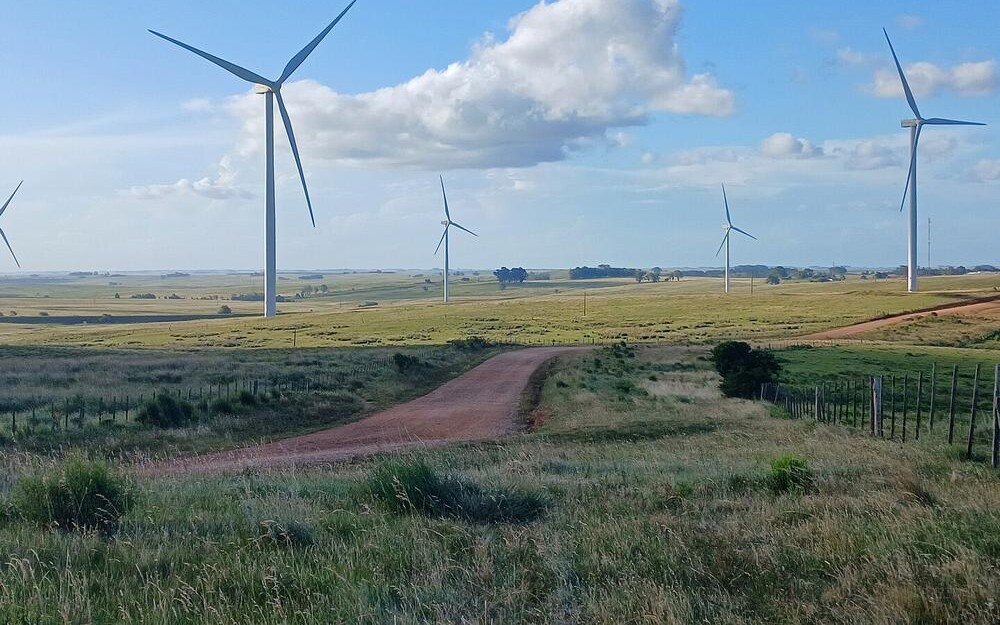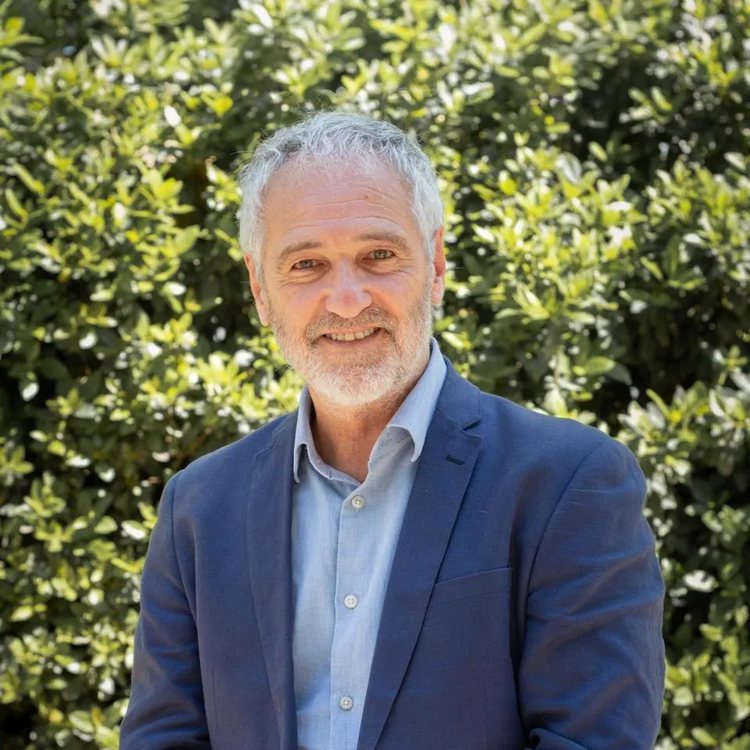Uruguay Achieves 99% Green Energy After Seeking the Lowest Price for Consumers
November 27, 2025

One of the most stable and prosperous South American countries has managed to virtually zero-out fossil fuel use and transition almost entirely to renewable energy—by not focusing on environmental goals.
The great folly of politics is believing that anything can be divorced from economics, and that within those economics, established laws are flexible.
In a strategy that acknowledges both of these maxims, Uruguay has, according to Forbes, divorced its energy mix from fossil fuels while saving money, reducing costs, and creating thousands of jobs.
“Climate policies fail when they are disconnected from economics. The transition works when it saves money and creates jobs,” said Ramon Méndez Galain, the country’s former energy minister who oversaw the energy transition.
Like most countries, Uruguay has no fossil fuel resources to speak of. It had long balanced a desperate demand on its hydropower capacity with imported coal, oil, and natural gas. Having enjoyed admirable and enviably-stable economic growth rates that’ve seen the country of 3.5 million people reach a GDP of $80 billion, the government has long chosen to subsidize fossil fuel production and importation to power this development and expansion.
However, as Méndez Galain told Forbes’ Ken Silverstein in an interview, the nation faced a dilemma of rapidly increasing demand, with blackouts beginning to become worryingly common in parts of the country.
In the 2010s, the government concluded that relying on fossil fuel imports was becoming unsustainable economically, and a conversation about renewables was brewing in the halls of power.

Méndez Galain, who was a particle physicist by education and had no experience in the energy sector, eventually managed to take charge of the energy ministry and implement a plan that survived through 5 administrations and which today has the whole world taking notice.
It wasn’t that hard, though. Uruguay needed capacity at low cost, and so after removing existing biases and subsidies for fossil fuel projects, the government opened up utility contracts to greater competition and at longer-term periods. The contracts were not awarded according to emissions-cutting promises, but how low the cost for installation and provision would be.
More players could then enter the energy market, bringing with them ideas and innovations, and eventually some $6 billion in renewables investments from companies eager to win the long-term contracts. The longer durations promised predictable ROI to perspective investors, who quickly signed on.
SOUTH AMERICAN PROGRESS: A Nation That’s 90% Rainforest Announces New Protections for Over 25 Million Acres
50,000 or so jobs were created in the engineering and energy sectors throughout the transition, some 3% of the country’s total workforce. Power now costs 20% less than before.
The energy mix had to be dynamic, as the country doesn’t boast eternal blusters or sunshine. It has average solar and wind potential, but a strained existing hydropower industry. Méndez Galain saw this combination backed up with a substantial biomass sector which generates 15% of all the country’s electricity. In fact, solar, which in so much of the world is the go-to renewable platform, is merely a gap filler.
MORE RENEWABLE NATIONS: Incredible 60% of Europe’s Electricity Was Powered by Clean Energy in the First Two Months of 2024
Some 1-3% of the country’s supply of electricity comes from natural gas in periods where hydropower, which supplies almost half of the country’s power, is strained.
Méndez Galain stressed that no nation can ignore economic forces and laws when planning its energy mix, and that if any administrations were looking to copy the “Uruguay model” the first step is get the economics right. The environmental benefits will come as an afterthought.
SHARE This Brilliant Success Story From Latin American On Social Media…
Search
RECENT PRESS RELEASES
Related Post


